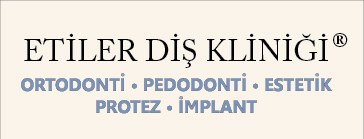Trauma and Emergency Care
What should be the first response to trauma?Children ages one to three are just learning to walk, so they often loose their balance and fall. The front cutting teeth are the most often affected by this. Light collisions often lead to cuts in soft tissues such as the lips and gums. More violent collisions can cause loose teeth or breakage in the visible portion of the tooth or in the root. They can even knock the tooth out completely.
In cases of trauma, parents should remain calm firstly and intervene without panicking. If the tooth has fallen out, the area should be cleaned under running water without touching the root area. Although the best environment for a tooth to be delivered to a dentist is within the mouth, we do not recommend this as there is a danger of the child swallowing the tooth. If possible, the tooth should be soaked in milk preferably or in clean water. It should then be delivered to a dentist as soon as possible. Upon arrival, your dentist will determine whether or not the tooth is a baby tooth or permanent. Depending on the cavity and severity of the trauma, your dentist will decide whether or not the tooth should be put back in place.
If the tooth has been embedded as a result of trauma, it is important not to extract it right away but to give it time to re-emerge. Strict and regular supervision by a dentist is crucial for this process.
Following trauma, be sure to visit a dentist for a check up even if there is no problem visible to the eye. Although invisible, trauma to embedded teeth or the permanent ones underneath can lead to tooth loss or crowding in the long term.


